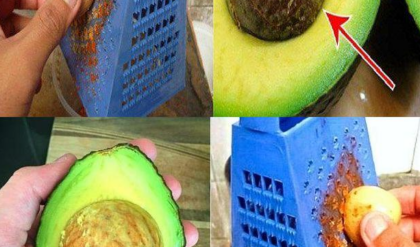Cultivating a cinnamon tree at home is a rewarding journey that brings both aesthetic charm and the possibility of harvesting your own fresh cinnamon. With the right knowledge and care, you can successfully grow this tropical tree even in non-tropical environments.
Understanding the Cinnamon Tree
Cinnamon trees, scientifically known as Cinnamomum verum, are tropical evergreens native to Sri Lanka and India. These trees thrive in warm, humid climates and are best suited to USDA hardiness zones 9–11. However, with attentive care, they can also flourish indoors in cooler regions.

Choosing the Best Variety
When selecting a cinnamon tree, the two most popular varieties to consider are:
- Ceylon Cinnamon (Cinnamomum verum): Known as “true cinnamon,” it has a sweeter, more refined flavor and a lighter texture.
- Cassia Cinnamon (Cinnamomum cassia): This variety has a stronger, spicier taste and is commonly found in commercial products.
For home cultivation, Ceylon cinnamon is often preferred due to its delicate flavor and culinary appeal.
Starting Your Cinnamon Tree

To grow your own cinnamon tree, follow these steps:
- Choose Between Seeds or Saplings: While seeds are an option, saplings from a nursery are easier to grow and have a higher success rate.
- Select the Right Pot: Use a large pot with drainage holes to accommodate root growth. Fill it with well-draining soil enriched with organic matter, such as compost, to provide essential nutrients.
Creating the Ideal Growing Environment
Cinnamon trees have specific needs to thrive. Ensure you provide these optimal conditions:
- Light: These trees require plenty of sunlight. If grown indoors, place the tree near a sunny window or use grow lights for additional exposure.
- Temperature and Humidity: Maintain a warm climate between 70°F and 85°F (21°C–29°C). High humidity is crucial; use a humidifier or mist the leaves regularly to replicate tropical conditions.
- Watering: Keep the soil consistently moist but avoid overwatering. Proper drainage is essential to prevent root rot.
Caring for Your Cinnamon Tree
Regular care will help your cinnamon tree grow strong and healthy.
- Pruning: Prune the tree periodically to manage its size and shape, especially if grown indoors. Pruning also promotes new growth and keeps the tree looking vibrant.
- Fertilizing: Apply a balanced, slow-release fertilizer every few months to replenish nutrients and support healthy development.
- Pest Management: Monitor for common pests like aphids or spider mites. If needed, use organic pest control methods to keep infestations at bay.
Harvesting Cinnamon
Harvesting your homegrown cinnamon is a unique and gratifying experience.
- When to Harvest: Cinnamon can be harvested from the inner bark once the tree reaches about two years of age.
- How to Harvest: Gently peel off the outer bark of a mature branch, then scrape away the fragrant inner bark. This inner bark is the source of cinnamon sticks.
- Drying the Bark: Lay the inner bark in a warm, ventilated space to dry. As it dries, it will naturally curl into the familiar cinnamon quills.
Why Grow Your Own Cinnamon?

Growing a cinnamon tree at home takes patience and effort, but the results are well worth it. Beyond the joy of harvesting your own cinnamon, the tree adds a lush, aromatic presence to your home or garden. With proper care and the right environment, your cinnamon tree can become both a functional and decorative centerpiece.
For more in-depth information about cultivating cinnamon trees, consider consulting botanical guides or agricultural resources focused on tropical plants.
Enjoyed this guide? Share it with your friends and inspire them to grow their own cinnamon!





